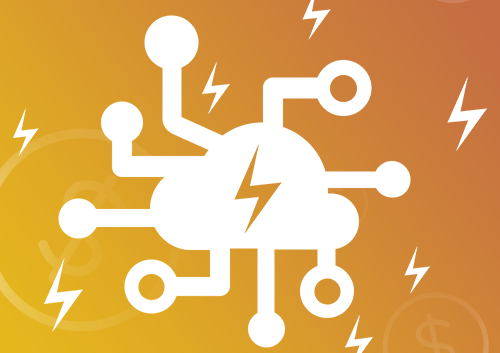- corporate
- Blog post
A simple technique to boost creativity and innovation in your learners
Do you wish your team or organization generated more innovative thinking? The answer, chances are, is yes. No matter what field you’re in, every manager could benefit from employees who can envision new, creative solutions to problems.
But can you train people to be more creative, or is it an ability they’re naturally born with? Recent research looked into this very question, and the findings suggest that fostering creativity in your team may be far easier than you think.
The research
A body of research shows that various external influences can increase our creativity, from walking outdoors to meditation to listening to music. Researchers recently investigated whether creativity can be influenced by another factor: expectations.
We can all easily think of a “creative type” we know – a musician or a craftsman or a graphic designer, for example. Based on their previous accomplishments, we naturally expect these “creatives” to look at problems differently or take a novel approach to solving a problem. But what if we expected the same type of innovation from everyone we encountered? Would these expectations change people’s performance?
Researchers from the University of Maryland divided subjects up into three groups. The first group was told to imagine being a librarian – an occupation stereotypically imagined to be rigid and uncreative. The second group was told to image being an eccentric poet – someone who is creative and uninhibited. The third group was the control and wasn’t given any special instructions.
The members of each group subsequently participated in a classic creativity test where they were asked to come up with as many uses as possible for common household objects. Upon reviewing the results, the researchers found striking differences between the groups.
The control group’s results were completely average on the originality scale, a measurement used by researchers to evaluate creativity test results. But the researchers found that their priming profoundly influenced the other two groups. The “librarian” group scored over 60 percent below average on the originality scale. On the other hand, the “eccentric poet” group scored 60 percent above average. Just by asking participants to imagine being a poet dramatically increased their creative abilities.
Implications
The researchers stated that this study was the first to use stereotype priming to both diminish and improve creative performance. They cited three main takeaways from the study: 1.) that creative thinking is highly malleable and not a fixed personal trait, 2.) that priming can hinder or enhance creative performance among a diverse group of participants, and 3.) that priming can be applied in practical contexts to increase creativity.
Previous studies have suggested that creativity has been declining in the workplace over the last two decades. But this research suggests that people aren’t somehow becoming less creative. Instead, perhaps their work environments are becoming less cohesive to creative thought. In fact, the study’s authors state that any environment in which people are being evaluated (e.g. work) can cause people to adopt rigid thinking, like the librarian group, out of fear of failure. So what can learning professionals do to combat this effect and promote creativity?
A good starting point would be to separate training goals from performance goals. When people feel they are being evaluated, they’re less likely to experiment, take chances and make mistakes, which are all valuable to the learning process. Learning or training goals should be used to solely measure learners’ progress and set targets for developing new skills. Learners should be encouraged to view training as a safe space where they can try new things without being negatively evaluated or looking like they “failed.”
Another key takeaway: As evidenced by the research, certain priming or cues can dramatically affect trainees’ performance. So if you want to get more creative or innovative responses from your learners, prime them to think outside the box. Ask them to imagine they’re a successful CEO like Steve Jobs, or a brilliant inventor. And try to remove people’s fear or intimidation by stating that there are no wrong answers or bad ideas.
Source: Dumas, D. and Dunbar, K. N. (2016). The creative stereotype effect. PLoS ONE, 11(2): e0142567. doi: 10.1371/journal.pone.0142567

Get a demo of all our training features
Connect with an expert for a one-on-one demonstration of how BTS Total Access can help develop your team.




